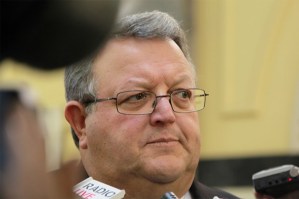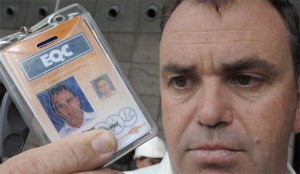I almost lost my shit last night when listening to an interview on Radio NZ with Scott Simpson, National MP. He is the chair of the select committee looking at toughening building standards, with respect to earthquake risk. Specifically this bit, from 1:30, in the audio here:
“If you exclude the fatalities that occurred in buildings like the CCTV building”
Firstly, he can’t even get the name of the building that collapsed correct. It’s the CTV building, not the CCTV building.
Secondly, and more importantly, you simply cannot exclude the CTV building. 115 people of the 185 people who died in the quake were in that building. A further 18 people were in the PGC building. Between those two buildings – one built in the 1980’s, the other in the 1960’s – more than 70% of the casualties occurred. If you choose to exclude the major part of the problem, then you have a different problem. You may come up with a valid response, but you are still ignoring the major underlying problem.
I am grateful for the tireless campaigning of Anne Brower. The 15 year time frame to fix buildings was far too long, and I think that this timeframe makes much more sense. But what are we doing to ensure that more people don’t die as a result of badly built or badly engineered buildings in subsequent earthquakes? Old dungers are part of the problem, but not the largest part. For the government to go after one small but easily scapegoated type of buildings, whilst excluding the major problem, is a dereliction of responsibility. To put an MP who doesn’t even know the name of the bloody building in charge of the select committee is an insult.










